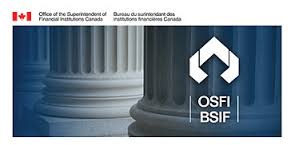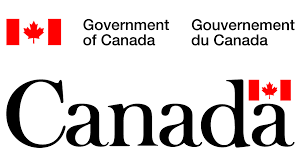Effective by Jan 1, 2018 – Guideline B-20:
The changes to Guideline B-20 reinforce OSFI’s expectation that federally regulated mortgage lenders remain vigilant in their mortgage underwriting practices. The final Guideline focuses on the minimum qualifying rate for uninsured mortgages, expectations around loan-to-value (LTV) frameworks and limits, and restrictions to transactions designed to circumvent those LTV limits.
- OSFI is setting a new minimum qualifying rate, or “stress test,” for uninsured mortgages.
Guideline B-20 now requires the minimum qualifying rate for uninsured mortgages to be the greater of the five-year benchmark rate published by the Bank of Canada or the contractual mortgage rate +2%.
- OSFI is requiring lenders to enhance their loan-to-value (LTV) measurement and limits so they will be dynamic and responsive to risk.
Under the final Guideline, federally regulated financial institutions must establish and adhere to appropriate LTV ratio limits that are reflective of risk and are updated as housing markets and the economic environment evolve.
- OSFI is placing restrictions on certain lending arrangements that are designed, or appear designed to circumvent LTV limits.
A federally regulated financial institution is prohibited from arranging with another lender a mortgage, or a combination of a mortgage and other lending products, in any form that circumvents the institution’s maximum LTV ratio or other limits in its residential mortgage underwriting policy, or any requirements established by law.
OSFI announcement here -> http://www.osfi-bsif.gc.ca/Eng/osfi-bsif/med/Pages/B20_dft_nr.aspx






